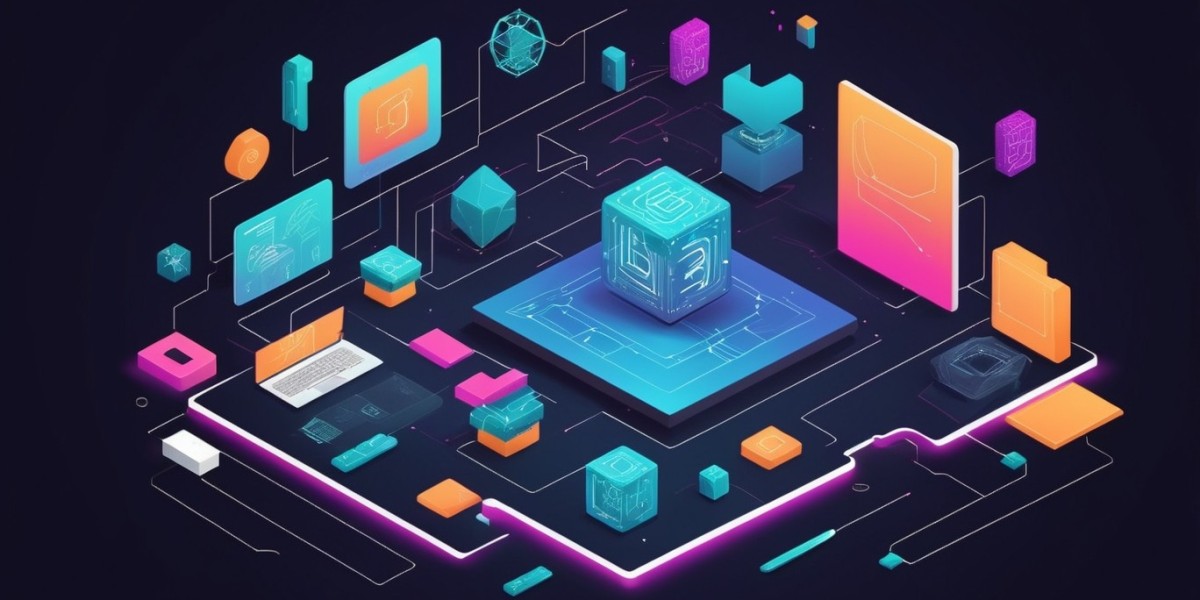Making the Welcome Seamless with Technology
Starting a new job is exciting but can also be a little overwhelming. There's a lot to learn, people to meet, and paperwork to complete. However, in today's digital age, the traditional process of onboarding, which involves stacks of paperwork and time-consuming administrative tasks, is evolving. Thanks to technology, the onboarding experience is becoming smoother, more efficient, and more engaging for new hires. Let's explore how HR tech, with the role of AI in HR, is transforming the onboarding process.
What is Digital Onboarding?
Digital onboarding is the use of technology to welcome and integrate new employees into an organization. It streamlines the administrative tasks, making the transition into the new workplace more convenient for both the employee and the HR department. This process includes filling out forms, signing documents, training, and even getting to know company culture – all of which can be done online.
The Benefits of Digital Onboarding
- Efficiency: Digital onboarding saves time. Instead of spending hours filling out paperwork, new hires can do it online at their convenience. This frees up HR personnel to focus on more strategic tasks.
- Cost-Effective: It reduces the costs associated with paper forms, printing, and storage. It's also more environmentally friendly.
- Consistency: Digital onboarding ensures that all new hires receive the same information and training, reducing the risk of errors or omissions.
- Engagement: Interactive digital onboarding can be more engaging for new employees. They can access videos, interactive training modules, and other resources to learn about the company culture and expectations.
- Accessibility: New hires can complete the process from anywhere, even before their first day, making it accessible and convenient.
The Role of AI in HR Tech
AI (Artificial Intelligence) is an essential player in digital onboarding. It brings a level of intelligence and automation to the process, making it even more effective. For instance, AI can be used in the following ways:
- Chatbots: Chatbots can provide instant answers to common questions new employees might have, ensuring a smoother onboarding experience.
- Personalization: AI can tailor the onboarding process for each new hire. It can provide specific training based on the employee's role, needs, and experience.
- Data Analysis: AI can analyze the data from the onboarding process to identify areas for improvement. For example, it can flag which parts of the onboarding process are taking too long or need clarification.
- Automation: AI can automate repetitive tasks, like sending reminders for required forms or training. This reduces the administrative burden on HR.
Digital Onboarding in Action
Let's take a look at how digital onboarding works in practice.
- Preparation: Before the new hire's first day, they receive an email with a link to the digital onboarding platform. They can start filling out forms and reviewing company policies online.
- Engagement: The digital platform includes videos and interactive modules that introduce the company's culture, values, and expectations. New employees can explore at their own pace.
- Paperless Documentation: All necessary forms, such as tax documents, direct deposit, and employment contracts, are available electronically. New hires can sign them electronically, eliminating the need for physical paperwork.
- Training: The platform offers role-specific training modules. AI personalizes the training content based on the job role, ensuring that new employees get the information they need.
- FAQs and Chat Support: New hires can ask questions through a chatbot or FAQ section, getting instant answers to common queries.
- Feedback and Evaluation: After the onboarding process is complete, HR and new hires can provide feedback, allowing for continuous improvement.
Getting Started with Digital Onboarding
If you're an HR professional or someone interested in how technology is changing HR, here are some simple steps to consider:
- Research: Start by learning about digital onboarding and the various software options available.
- Needs Assessment: Understand the specific needs of your organization and what you want to achieve with digital onboarding.
- Select the Right Tools: Choose the digital onboarding platform that best suits your needs and budget.
- Training: Ensure that your HR team is well-trained in using the platform. Also, provide guidance and support to new hires during the process.
- Continuous Improvement: Collect feedback from new employees and HR personnel to identify areas for improvement and make necessary adjustments.
In Conclusion
Digital onboarding, with the role of AI in HR tech, is making the process of welcoming new employees more efficient, engaging, and convenient. It streamlines paperwork, ensures consistency, and provides personalized training. As technology continues to advance, it's likely that digital onboarding will become the standard for welcoming new team members in organizations, making the first steps of their journey a positive and memorable experience.



